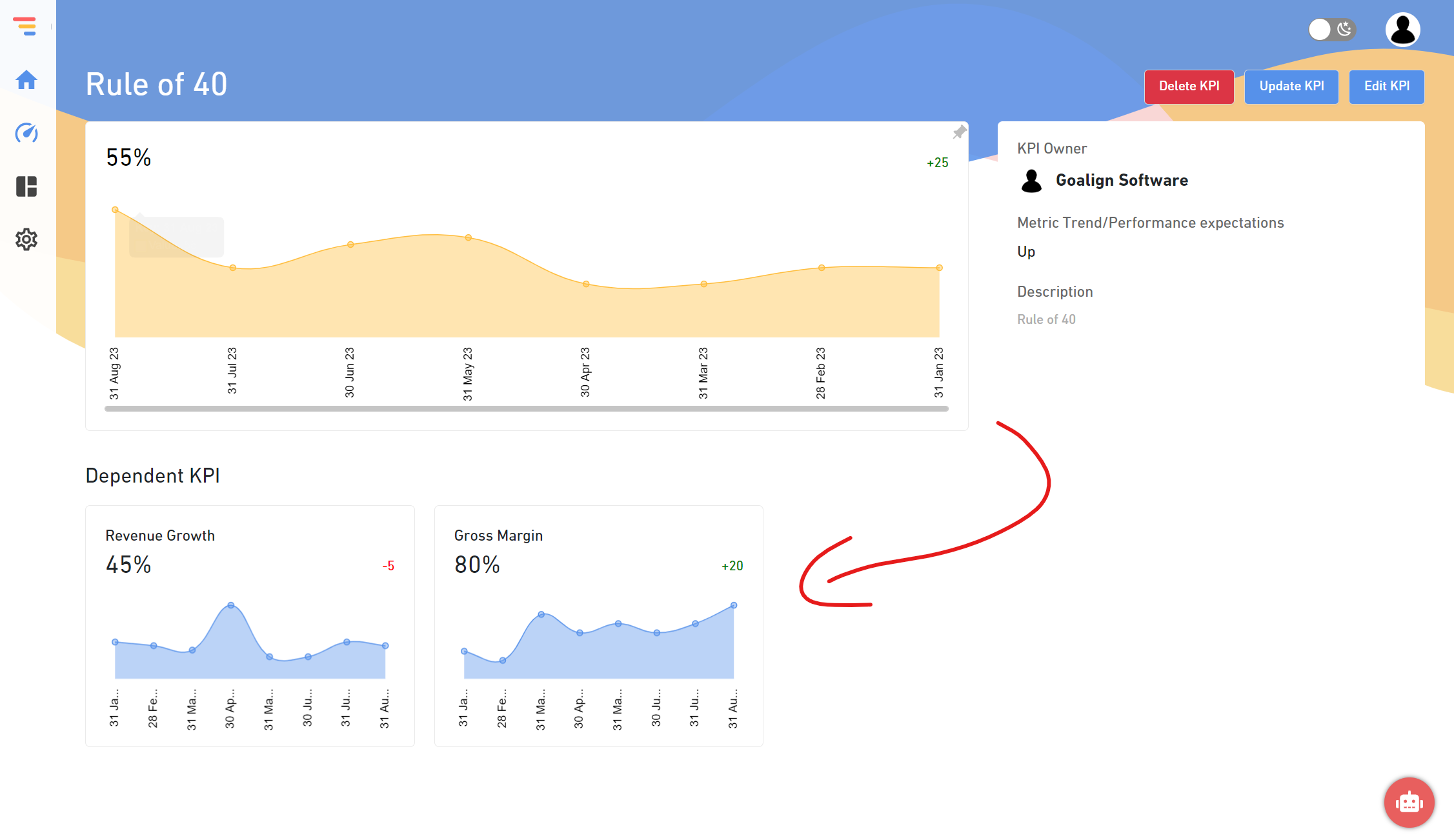Knowing what KPIs to use to analyze the efficacy of your marketing efforts is critical to ensure that your marketing initiatives meet their objectives. Developing a strong marketing strategy and launching efficient campaigns are essential to increasing revenue and overall company development. But, with so many marketing KPIs that may be measured, how can you know which ones to prioritize?
Many marketers and company owners are preoccupied with the most common marketing KPIs, such as cost per lead, conversion rate, and traffic. We’ve compiled a list of the top marketing KPIs that everyone should monitor to understand and assess the outcomes of their marketing operations.
What exactly is a Marketing KPI?
You can now get data on practically every area of your marketing approach thanks to advancements in digital marketing. This is beneficial if you already have particular objectives, but it might be daunting if you need to know which data sets to examine. Because just having access to all of these data points does not imply that you should monitor them all.
Although hundreds of metrics are associated with the numerous initiatives you might track, KPIs are the ones you’ve determined to be the most significant. You can assess the effectiveness of your plans and continue to develop by concentrating on just the most critical indicators in your company.
The Most Important KPIs to Monitor
Whether it’s email marketing, social media marketing, or business-to-business marketing, these are the most critical KPIs to watch and pay special attention to:
1. Increased Sales
No wonder sales growth is one of the most significant KPIs for marketing executives and firms. Sales growth is what all company owners aspire for, what investors worry about, and what all staff strives for. It calculates the pace at which a company’s revenue from sales has increased over a specific period.
2. Leads
You don’t have to be a quantum physicist to see the importance of leads. It’s simple: the more leads you generate, the more sales possibilities you have and your chances of growing your business. In lead generation, the amount and quality of information are the two most essential marketing KPIs.
3. ROI (Return on Investment) (ROI)
The ROI is one of the most often measured marketing KPIs; therefore, you should start immediately if you have yet to track it before. It assists you in determining if the amount of money spent on marketing activities is worth the amount earned in sales.
4. Customer Lifetime Value (LTV)
How much does each client mean to your company? This marketing KPI calculates the overall income a company may anticipate from a single client. The figure you’ll come up with is approximative, but it’s a start. It also helps determine how much to spend on marketing efforts and is an excellent tool for planning future company objectives.
5. Client Acquisition Cost (CAC)
The cost of acquiring a customer. A key performance indicator (KPI) is a crucial business statistic that relates to the overall marketing and sales efforts required for a firm to attract new clients. It is often used in conjunction with the customer lifetime value statistic to assess the value created by a new client.
KPIs for Email Marketing
1. The Open Rate
One of the most crucial metrics to monitor is your email open rate. It is one of the finest methods to determine if your email marketing plan is effective by displaying the proportion of your target audience that opens the emails you send them. The subject line and the sender’s name are two aspects that might influence your open rates.
2. CTR (Click-Through-Rate)
Almost every marketing email’s purpose is to persuade subscribers to act – to click on a link within the email that frequently goes to a landing page where subscribers may purchase a product or service or bring traffic to your website.
When assessing the efficacy of your email marketing campaign, email marketers should keep an eye on the click-through rate. It displays the proportion of email recipients that clicked on a link inside your email.
3. Rate of Click-to-Open
The click-to-open rate reveals if your content connects with your receivers and how successful the email campaign was in persuading them to take action. It calculates the proportion of recipients who opened your email and clicked on the link inside it.
4. Rate of Unsubscribe
The unsubscribe rate is the proportion of your email subscribers who have chosen they no longer want to receive emails from you.
KPIs for Content Marketing
Material marketing is a strategic marketing technique that focuses on generating, publishing, and distributing free, practical, and relevant content in the digital domain, such as blog posts, white papers, case studies, e-books, infographics, and so on.
1. Traffic
It makes no difference how excellent your material is if no one sees it; therefore, evaluating the traffic your content gets is a prominent place to start when analyzing the efficacy of your whole content marketing plan. In Google Analytics, you can obtain statistics on how many unique page visitors you receive on your site.
2. Search Engine Optimization and Keyword Ranking
The higher your website ranks for specific keywords, the more visitors you will get. The first page of Google results receives between 71 and 92% of all traffic, whereas the second page is seldom seen. That is why it is critical to monitor your search and keyword rankings. Furthermore, the position of your content in the SERPs is directly related to the performance of your SEO management activities.
3. Page Views
This KPI for content marketing is critical. Getting a lot of traffic is great, but visitors need to stay on your page longer to read your post or interact with your material to ensure you get all the visitors to your website.
Tracking visitor duration on sites is particularly important since it shows who is interested in your material, who isn’t, and if it is successful. Assume you’ve written a 5,000-word blog post on dieting. Your post may have 25 000 unique visitors. Still, if people only spend 10-20 seconds perusing it, it indicates that they are either uninterested in this issue or that your material could be more effective and capture people’s attention. The second option is more probable since visitors to your website must have searched for what you have written about.
4. Internal Link CTR
Internal links are hyperlinks on a website that lead to another page on the same website. This may be a link to the demo page inside a blog piece or the contact us page within the about us page.
As a result, whether your material has internal links to sign up for a free trial, make a purchase, or otherwise, it is critical to monitor the click-through rate (CTR) on these pages. The better your internal link CTR, the more people will join a free trial or buy your product/service.





